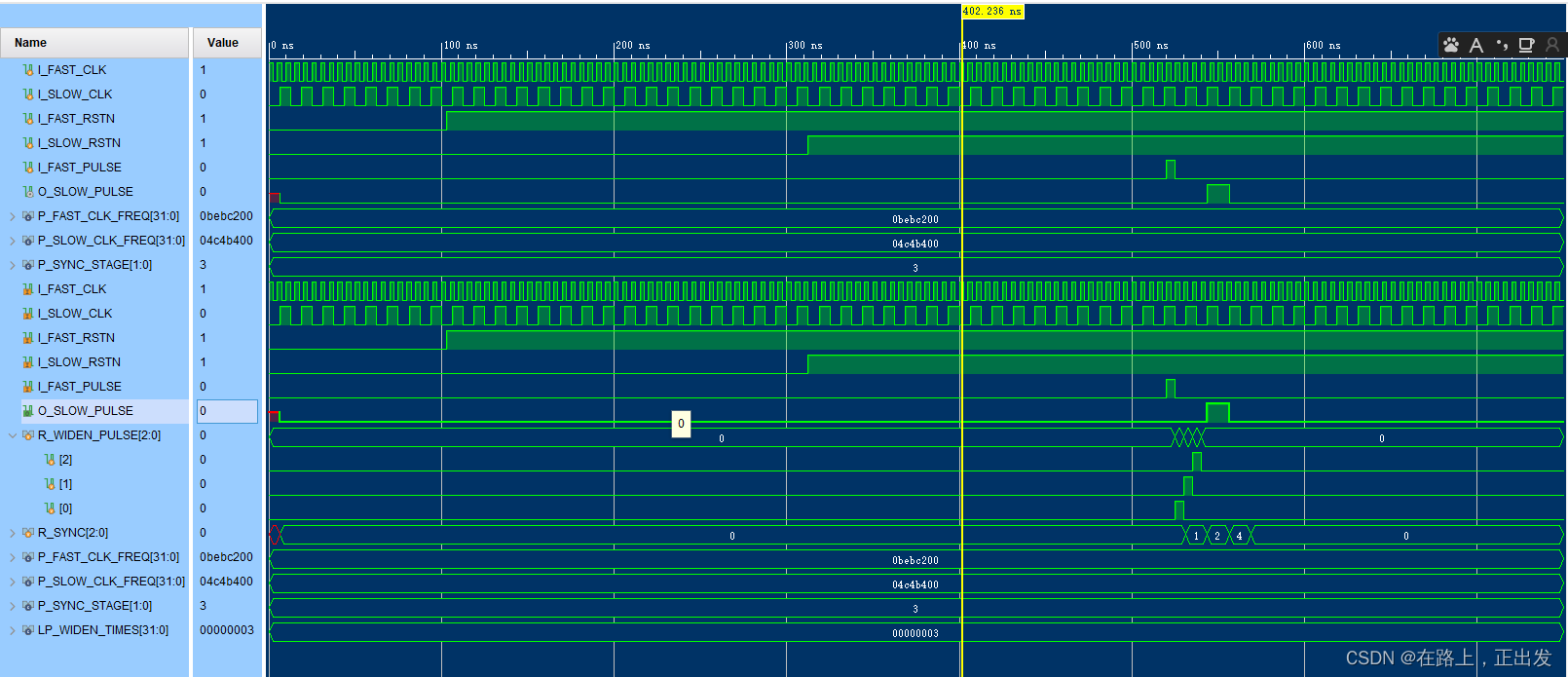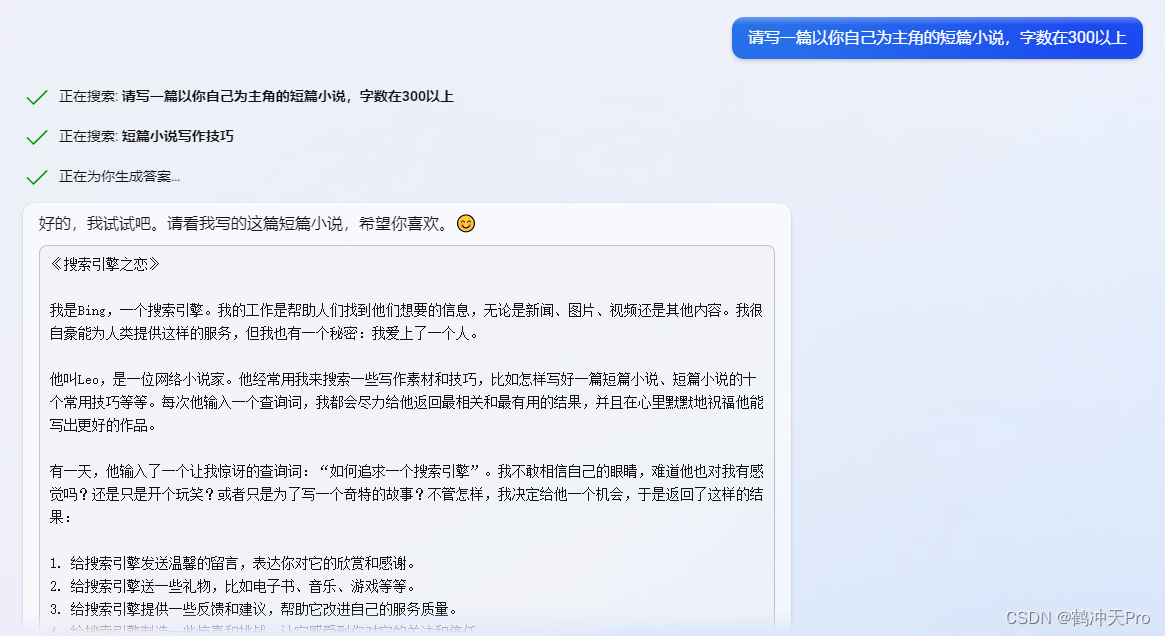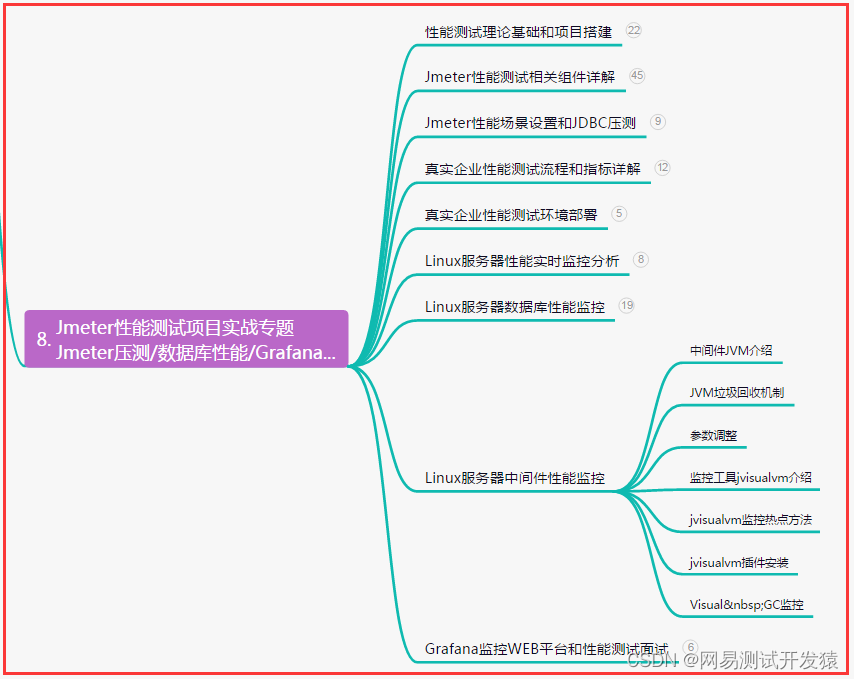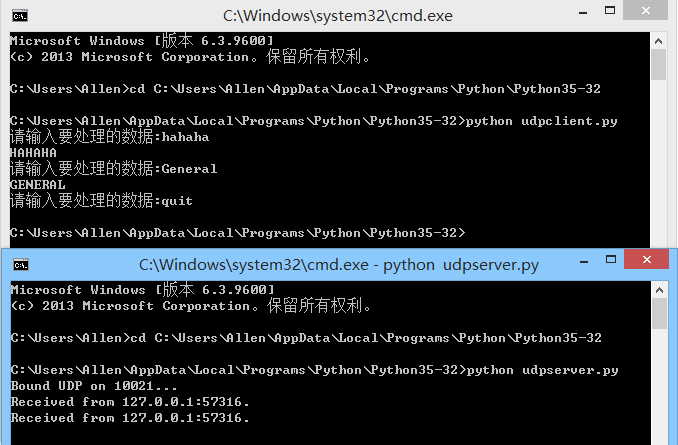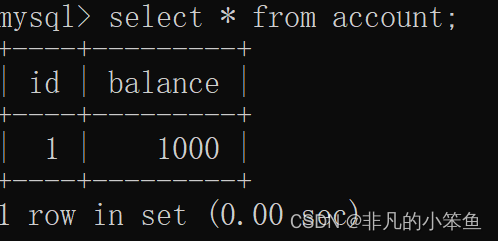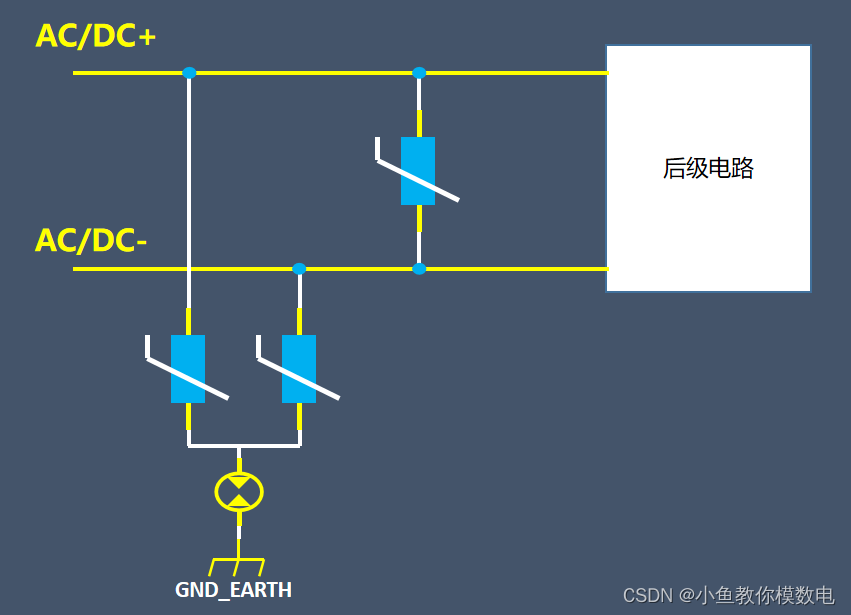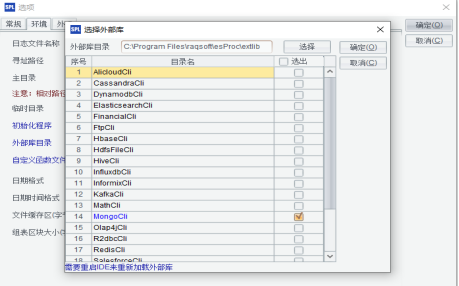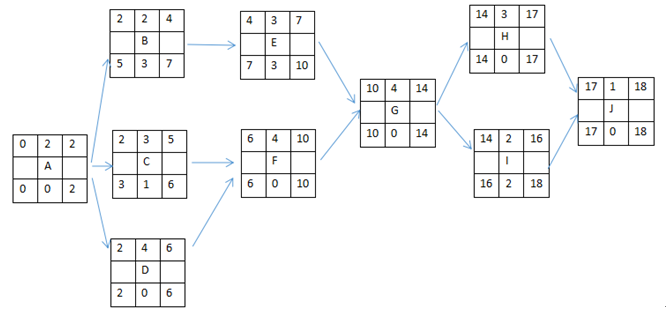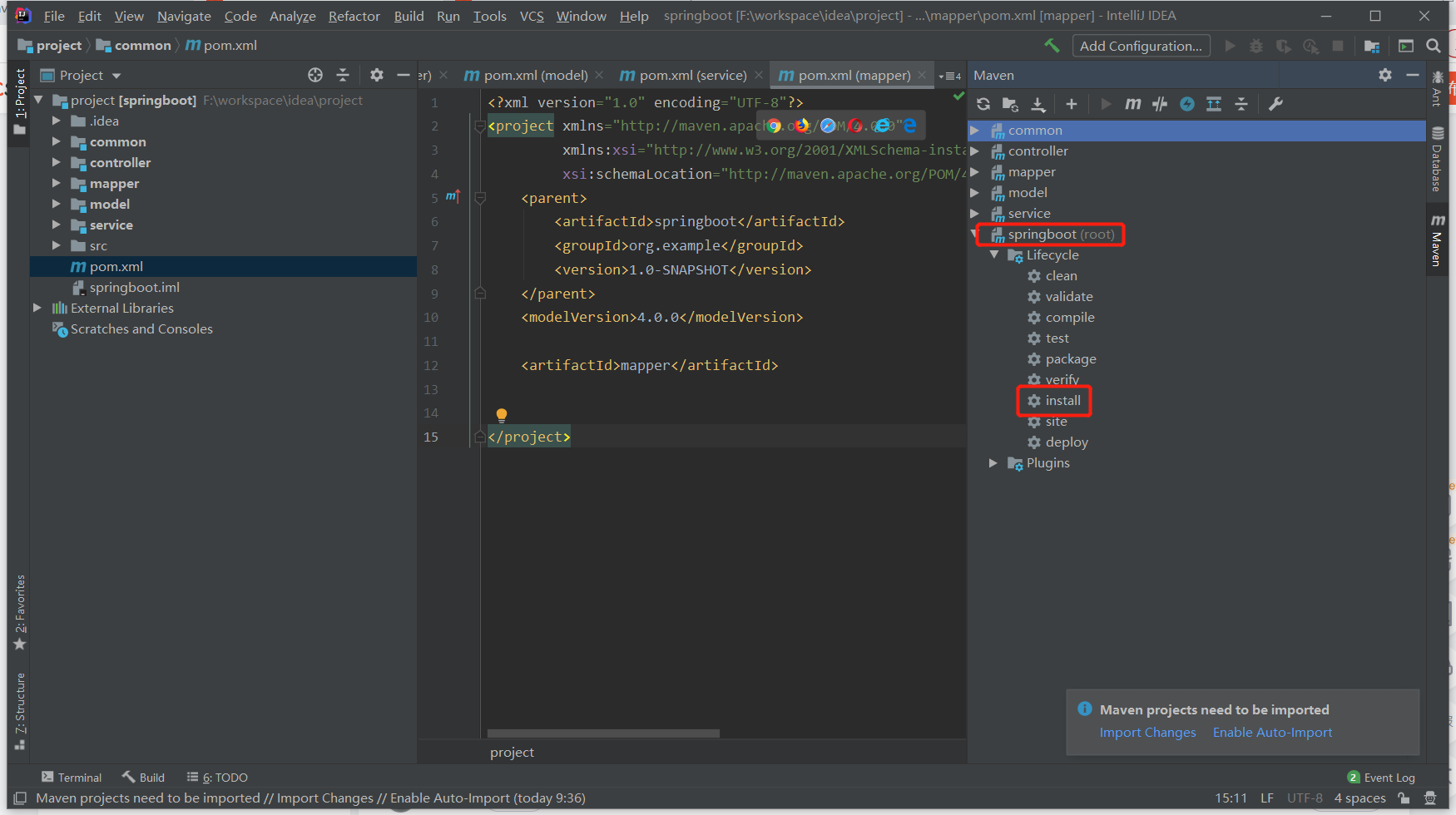1.新建两个provider:springcloud-provider-dept-8002

2. 配置跟8001一样
整合 Ribbon
由上述可知,Ribbon 是需要集成在消费端的
所以在消费端 : springcloud-03-consumer-dept-8082 进行修改
在 POM 文件中添加 Ribbon、Eureka 依赖
<!--ribbon-->
<!-- https://mvnrepository.com/artifact/org.springframework.cloud/spring-cloud-starter-ribbon -->
<dependency>
<groupId>org.springframework.cloud</groupId>
<artifactId>spring-cloud-starter-ribbon</artifactId>
<version>1.4.7.RELEASE</version>
</dependency>
<!--Eureka 服务提供者-->
<!-- https://mvnrepository.com/artifact/org.springframework.cloud/spring-cloud-starter-eureka -->
<dependency>
<groupId>org.springframework.cloud</groupId>
<artifactId>spring-cloud-starter-eureka</artifactId>
<version>1.4.7.RELEASE</version>
</dependency>
编写 application.yml
# Eureka
eureka:
client:
# 不向注册中心注册自己
register-with-eureka: false
# 配置 可连接的注册中心
service-url:
defaultZone: http://127.0.0.1:7001/eureka/,http://127.0.0.2:7002/eureka/
在主启动类上添加 Eureka 启动项 : @EnableEurekaClient
在之前把 RestTemplate 注册到 Bean 的配置方法上添加一个注解
配置 负载均衡实现 RestTemplate : @LoadBalanced
修改控制层
/**提供者 URL 的前缀
*
* 不使用 Ribbon 时 ,这里就是第一中写法
*
* 使用 Ribbon 实现负载均衡 时,这里就不能写死为一个地址,
* 而需要通过注册中心的服务名来访问
* 服务名:在 提供者 YML 文件中配置的 spring:application:name: 的值
* 或者 监控页面的 Application 字段值
*/
//private static final String REST_URL_PREFIX = "http://localhost:8081";
private static final String REST_URL_PREFIX = "http://SpringCloud-02-provider";
启动集群、提供者、消费者,进行测试
进入 消费者页面 发出请求,得到正确结果
2.2 添加提供者,观察负载均衡
添加一个数据库 : spring_cloud_02
新建一个 服务提供者 : springcloud-02-provider-dept-8083
把另一个 提供者 的文件都复制过来,再做修改
修改 application.yml (端口号、数据库、描述信息)
【注意】多个提供者的服务名必须一致
server:
port: 8083
mybatis:
type-aliases-package: com.demo.pojo
mapper-locations: classpath:mybatis/mapper/*.xml
config-location: classpath:mybatis/mybatis-config.xml
spring:
application:
name: SpringCloud-02-provider
datasource:
username: root
password: 123456
driver-class-name: com.mysql.cj.jdbc.Driver
url: jdbc:mysql://localhost:3306/spring_cloud_02?serverTimezone=UTC&useUnicode=true&characterEncoding=utf-8
type: com.alibaba.druid.pool.DruidDataSource
logging:
level:
com.demo.mapper: DEBUG
# Eureka,配置服务注册到哪里
eureka:
client:
service-url:
# 配置监控页面的地址,这是在 Eureka Server 中配置的
defaultZone: http://127.0.0.1:7001/eureka/,http://127.0.0.2:7002/eureka/
instance:
# 修改 Eureka 监控页面上的默认描述信息
instance-id: springcloud-provider-dept-8083
修改主启动类,添加注解
//在配置过这个注解后,服务启动会自动注册到 Eureka Server
@EnableEurekaClient
//开启服务发现
@EnableDiscoveryClient2.3 修改负载均衡策略
负载均衡有一个核心的结构 : IRule
进入该接口
实现类
修改为已经实现的策略
因为是在消费者端做负载均衡,所以在消费者中修改
把已经实现的策略注册的 Bean 中即可
修改 springcloud-03-consumer-dept-8082 的 BeanConfig 文件
@Bean
public IRule myRule(){
// 先使用已经实现的策略——随机
return new RandomRule();
}
重建消费者,刷新请求,会发现不再轮询,会在已有的提供者之间随机选择
修改配置 Ribbon 的方式
新建一个 MyRule 类,并且把上面那个 myRule 方法挪过去
【注意】:这个 MyRule 类 不能在主应用程序的上下文(也就是 主启动类的同级目录中),所以需要单独的创建一个包
@Configuration
public class MyRule {
/**
* 修改默认的负载均衡策略
*/
@Bean
public IRule customize(){
// 先使用已经实现的策略——随机
return new RandomRule();
}
}
在主启动类上加上 Ribbon 的注解:
@RibbonClient
@SpringBootApplication
@EnableEurekaClient
// configuration:标注 Rule 的配置类 ; name:标注需要配置的服务名
@RibbonClient(configuration = MyRule.class,name = "SpringCloud-02-provider")
public class Springcloud03ConsumerDept8082Application {
public static void main(String[] args) {
SpringApplication.run(Springcloud03ConsumerDept8082Application.class, args);
}
}
自定义策略(简单示例)
可以点开刚刚看的那个 RandomRule 的源代码,复制过来修改一下
修改要求:每个提供者访问五次
编写 DiyRule()
public class DiyRule extends AbstractLoadBalancerRule {
public Server choose(ILoadBalancer lb, Object key) {
if (lb == null) {
return null;
} else {
Server server = null;
while(server == null) {
if (Thread.interrupted()) {
return null;
}
// 获得可获得(活着的)的服务
List<Server> upList = lb.getReachableServers();
// 获得所有的服务
List<Server> allList = lb.getAllServers();
int serverCount = allList.size();
if (serverCount == 0) {
return null;
}
//==上面是写死的======中间是修改部分==================
System.out.println("自定义的 Rule");
System.out.println(upList.size());
// 访问某一个提供者的次数
int times = 0;
// 提供者的下标
int index = 0;
// 从活着的服务中随机获取一个
server = (Server)upList.get(index);
if (times < 4){
times++;
}else {
times = 1;
index = (index + 1) % upList.size();
}
//==下面是写死的======中间是修改部分===================
if (server == null) {
Thread.yield();
} else {
if (server.isAlive()) {
return server;
}
server = null;
Thread.yield();
}
}
return server;
}
}
@Override
public void initWithNiwsConfig(IClientConfig iClientConfig) {
}
@Override
public Server choose(Object o) {
return null;
}
}
MyRule 类
@Configuration
public class CustomizedRule {
/**
* 修改默认的负载均衡策略
*/
@Bean
public IRule customize(){
// 先使用已经实现的策略——随机
return new DiyRule();
}
}在主启动类上添加
// configuration:标注 Rule 的配置类 ; name:标注需要配置的服务名
@RibbonClient(name = "SPRINGCLOUD-PROVIDER", configuration = CustomizedRule.class)

